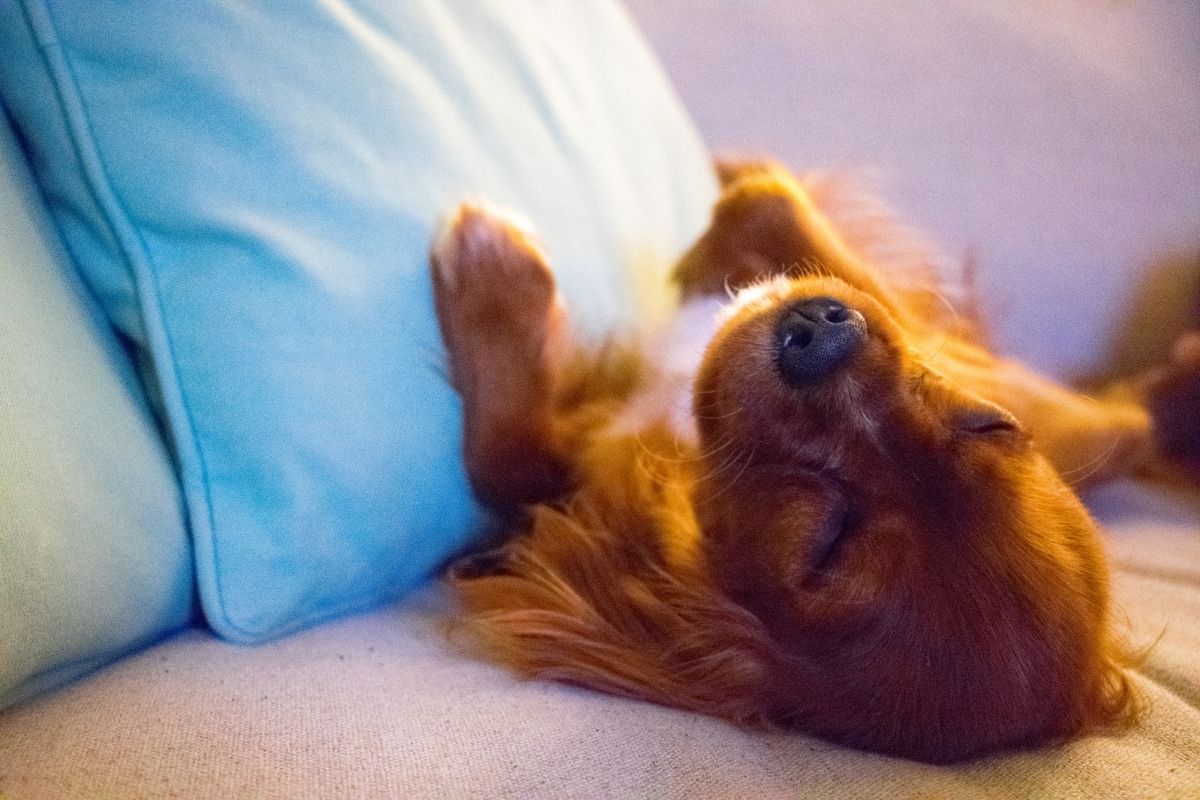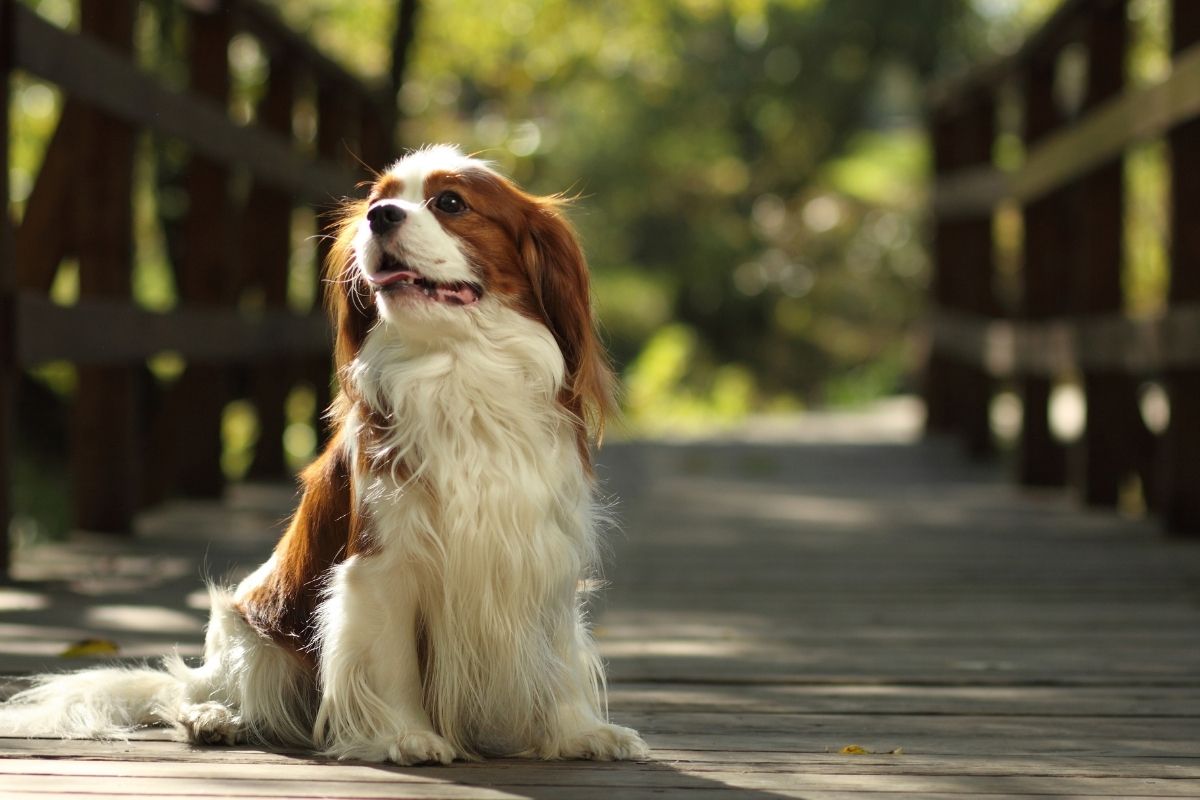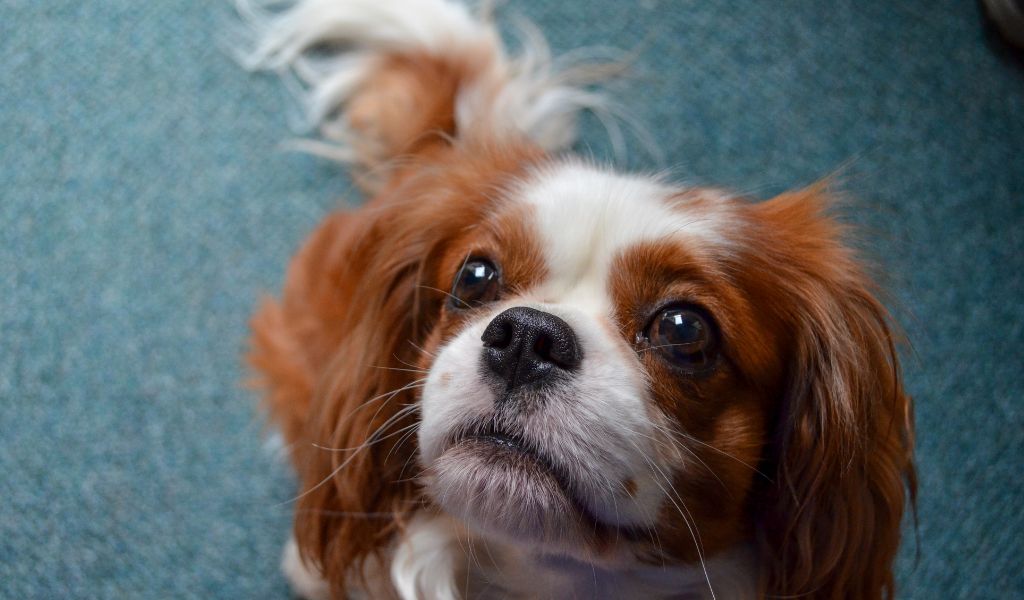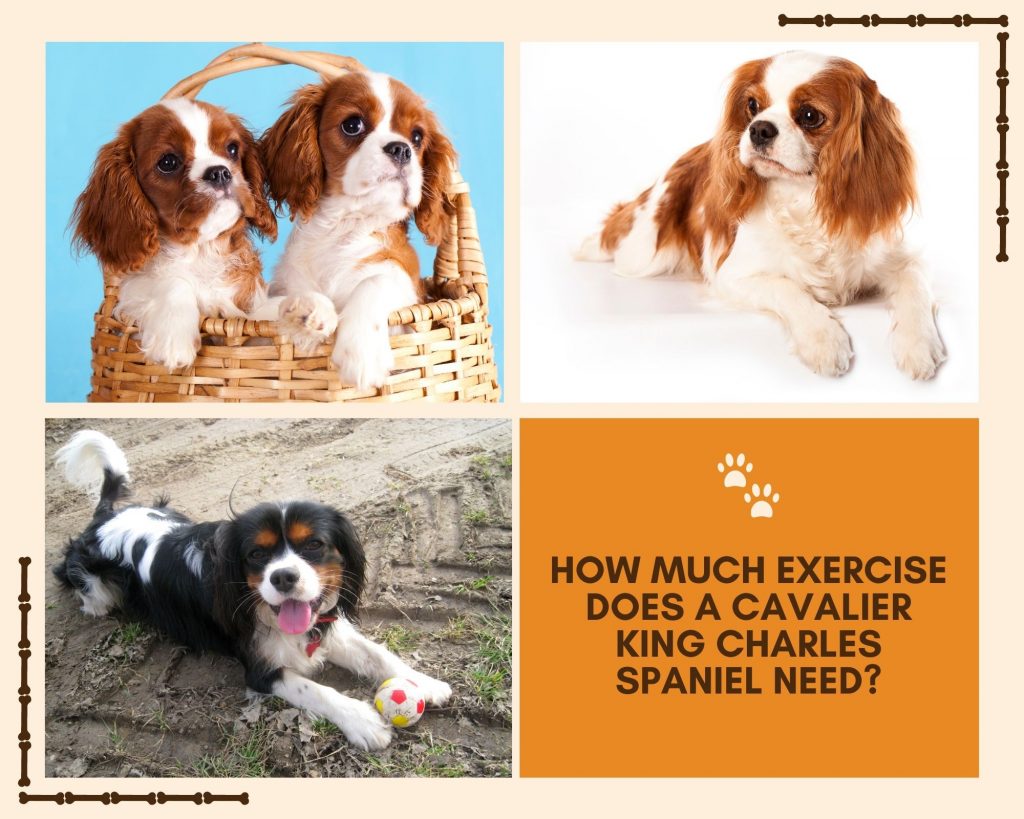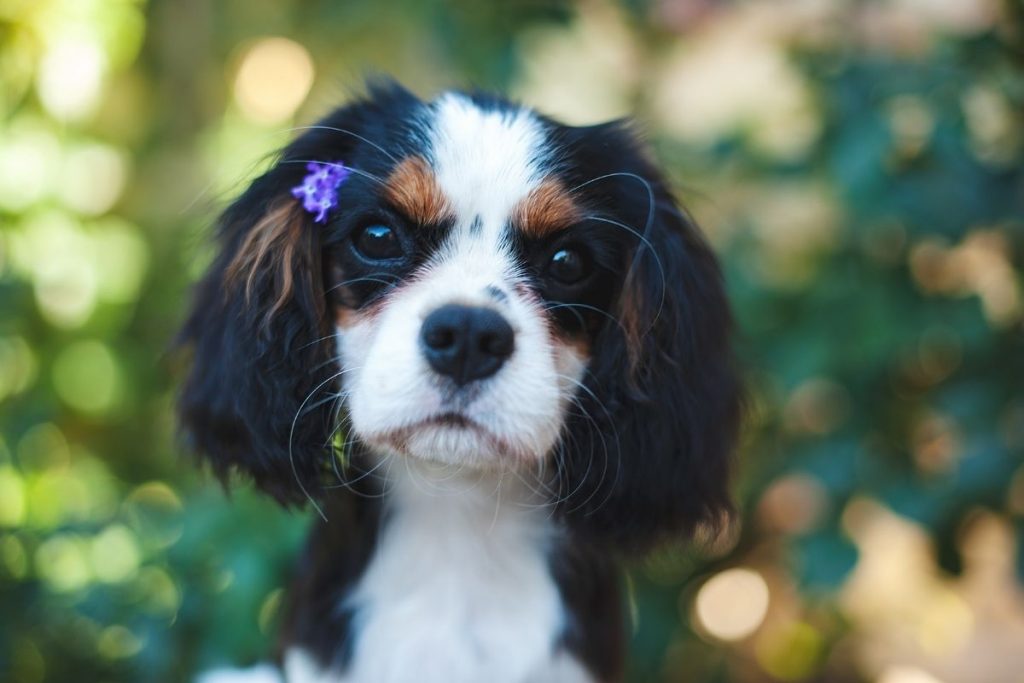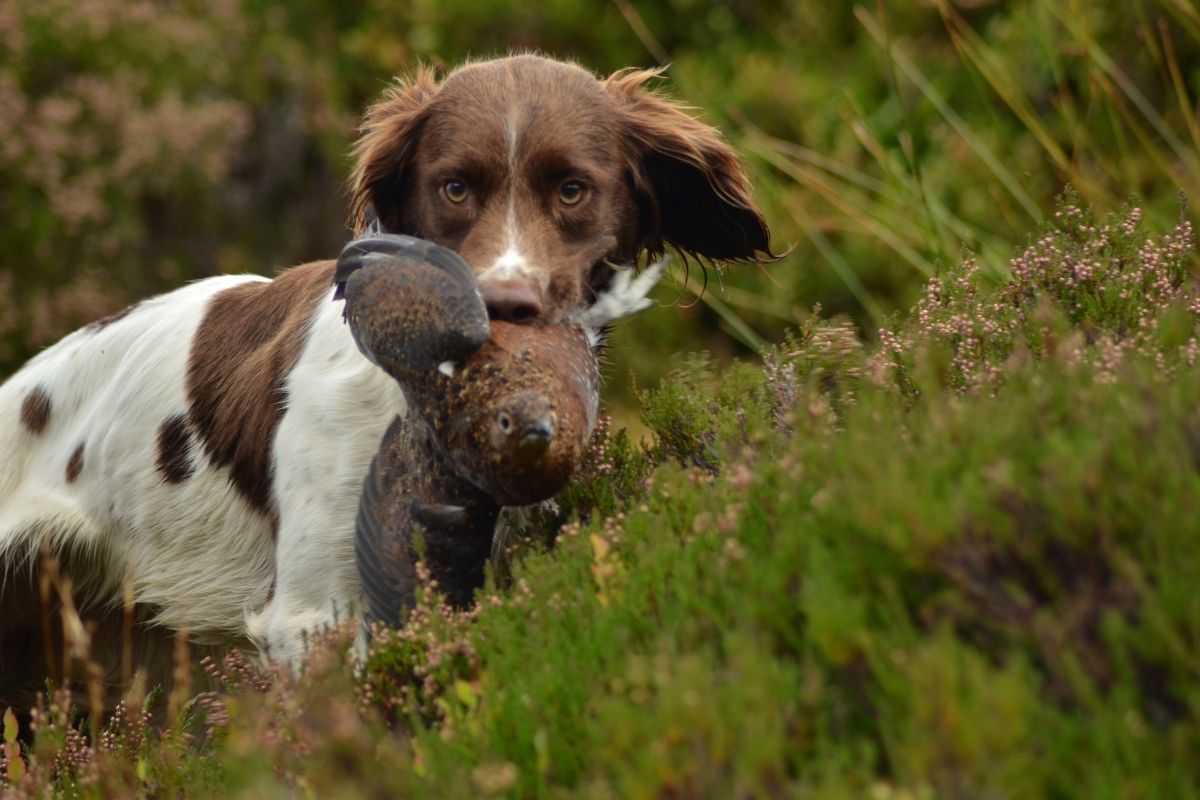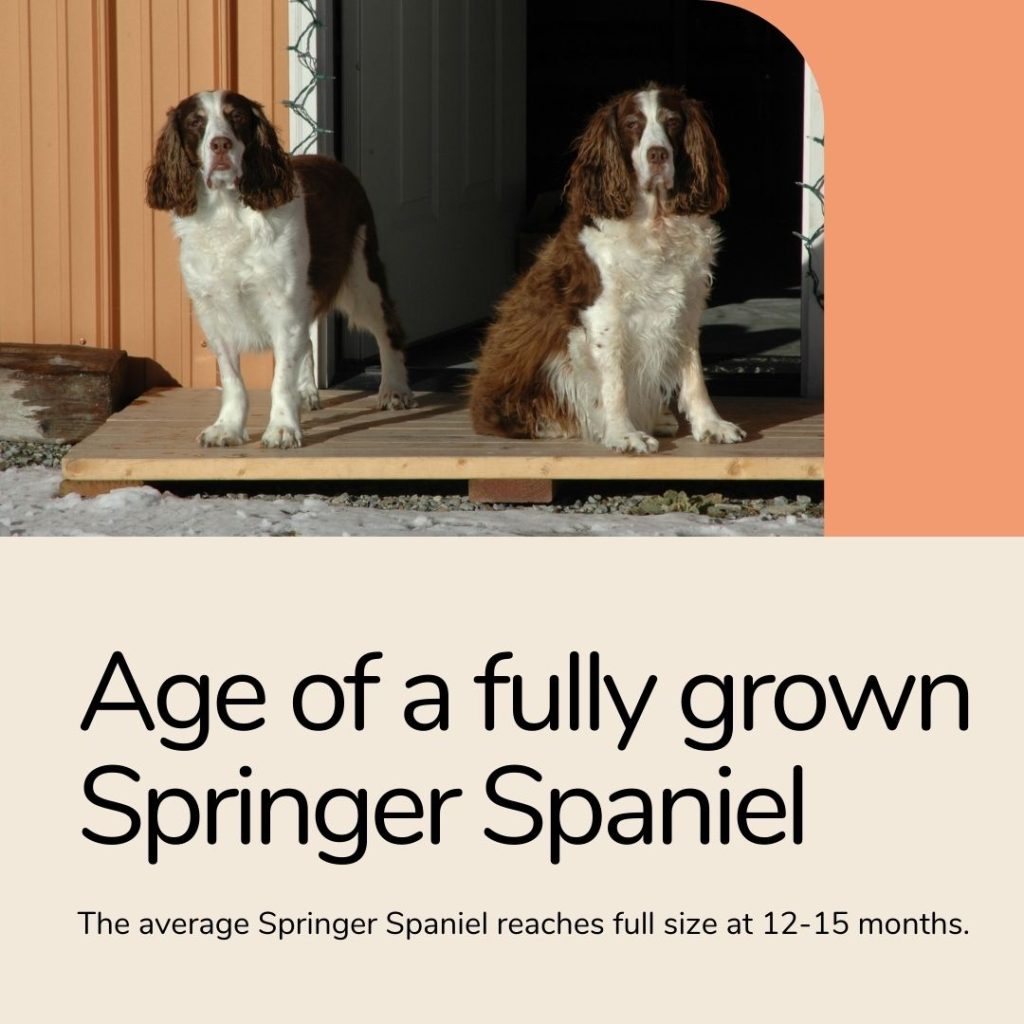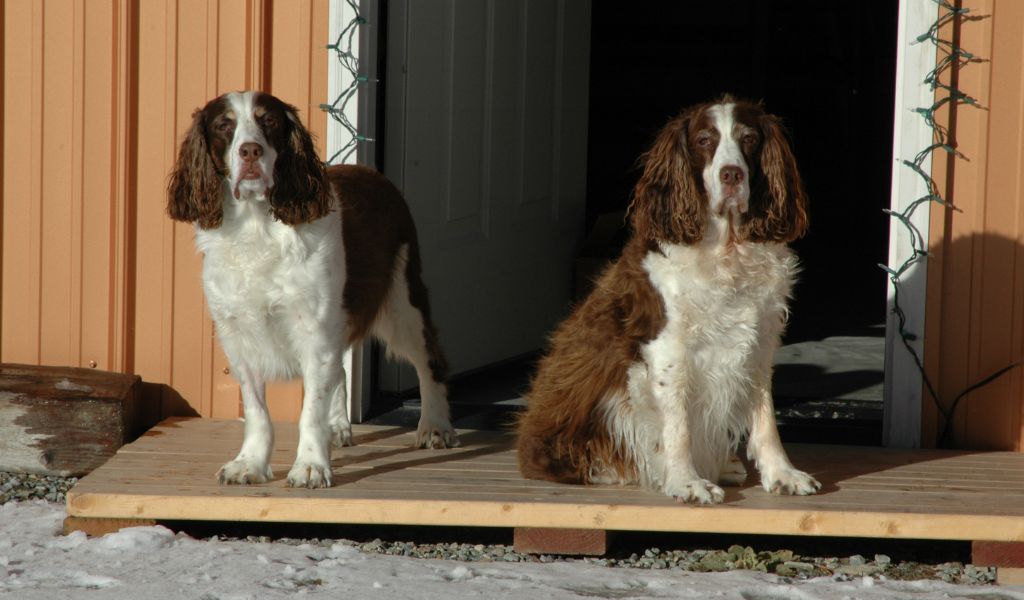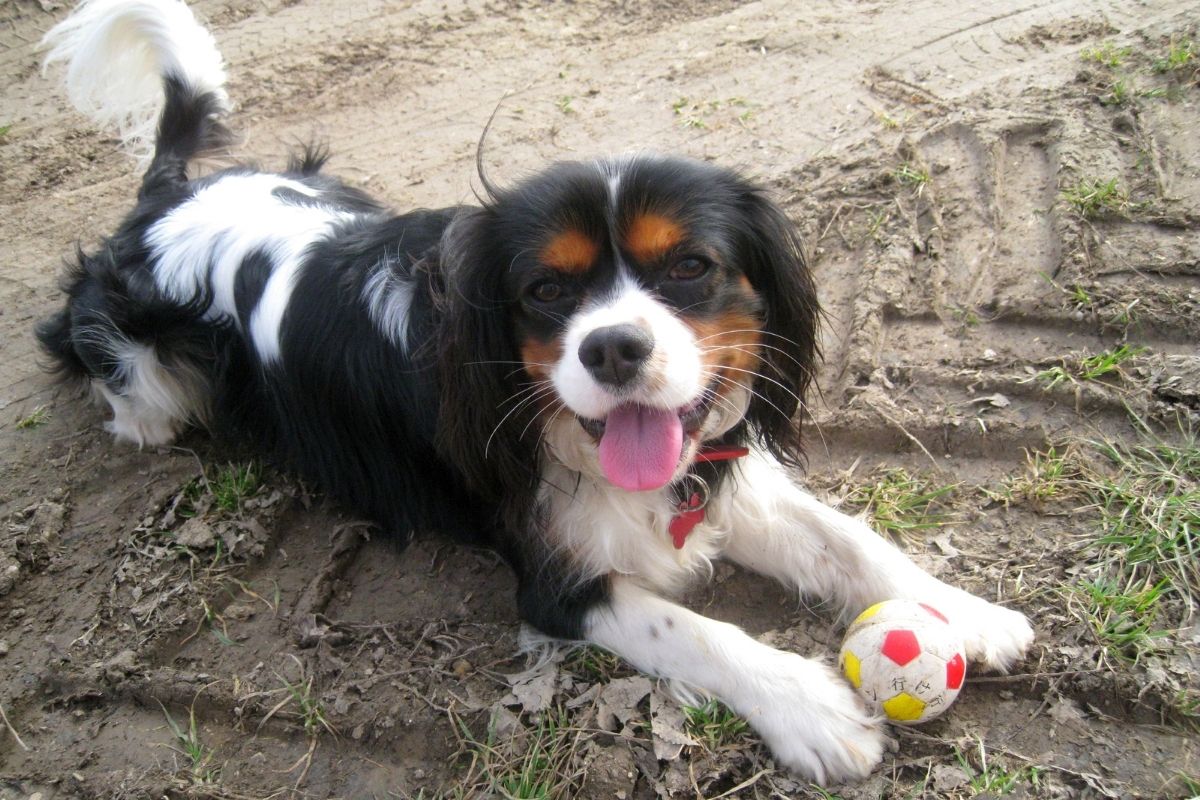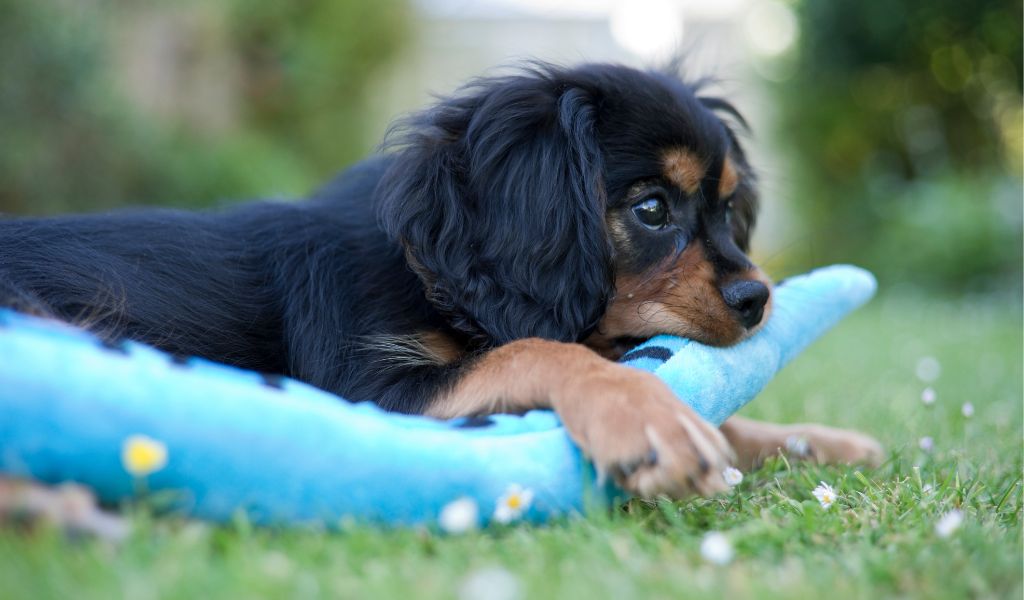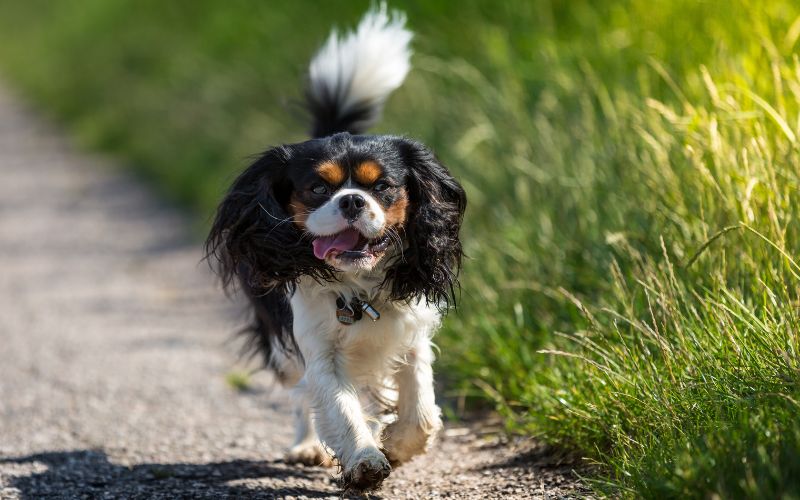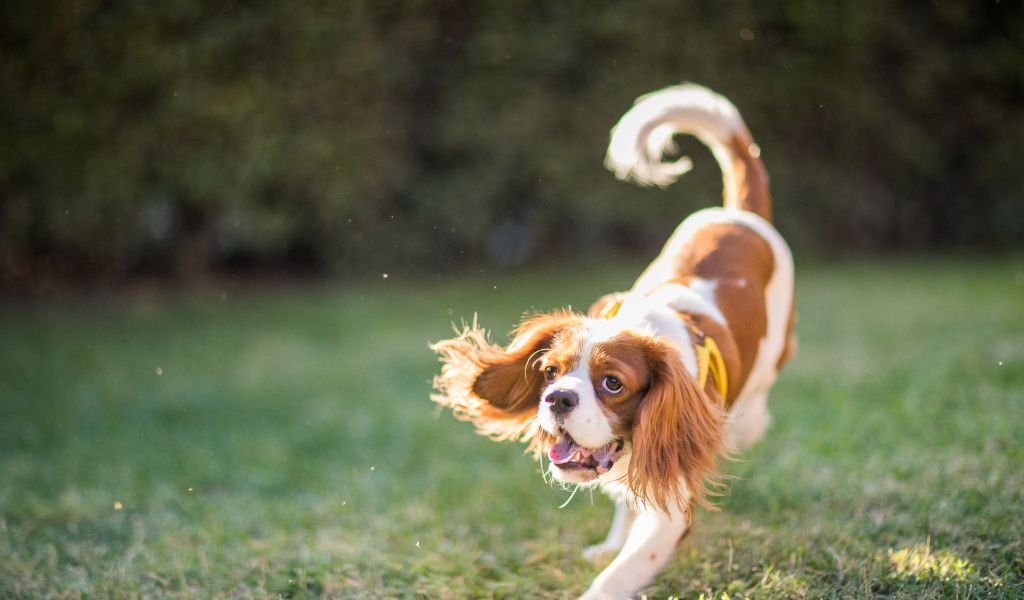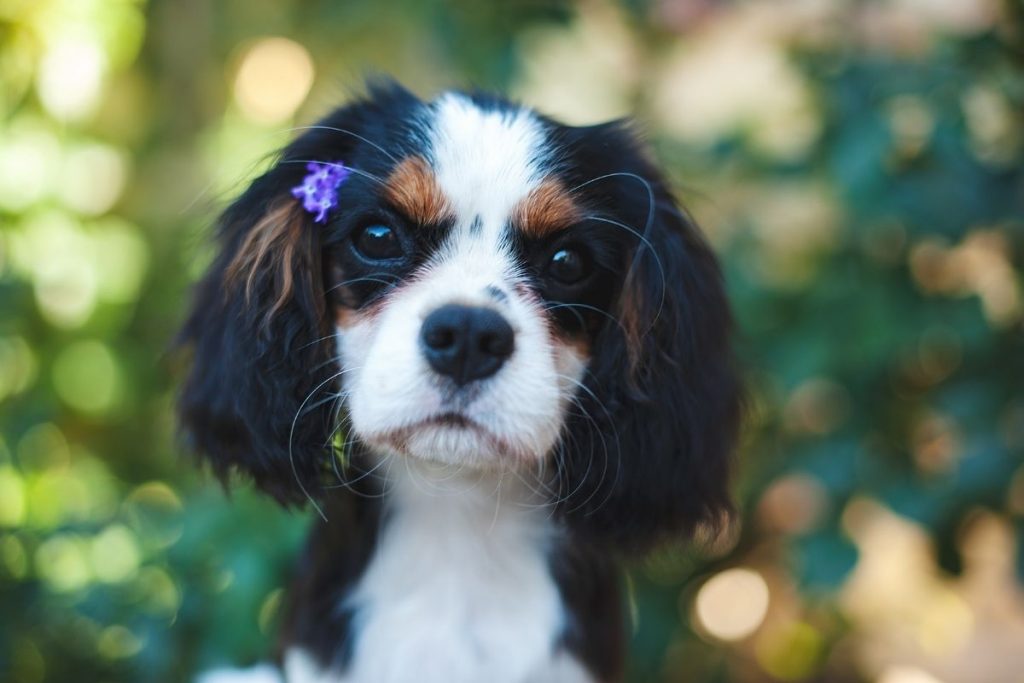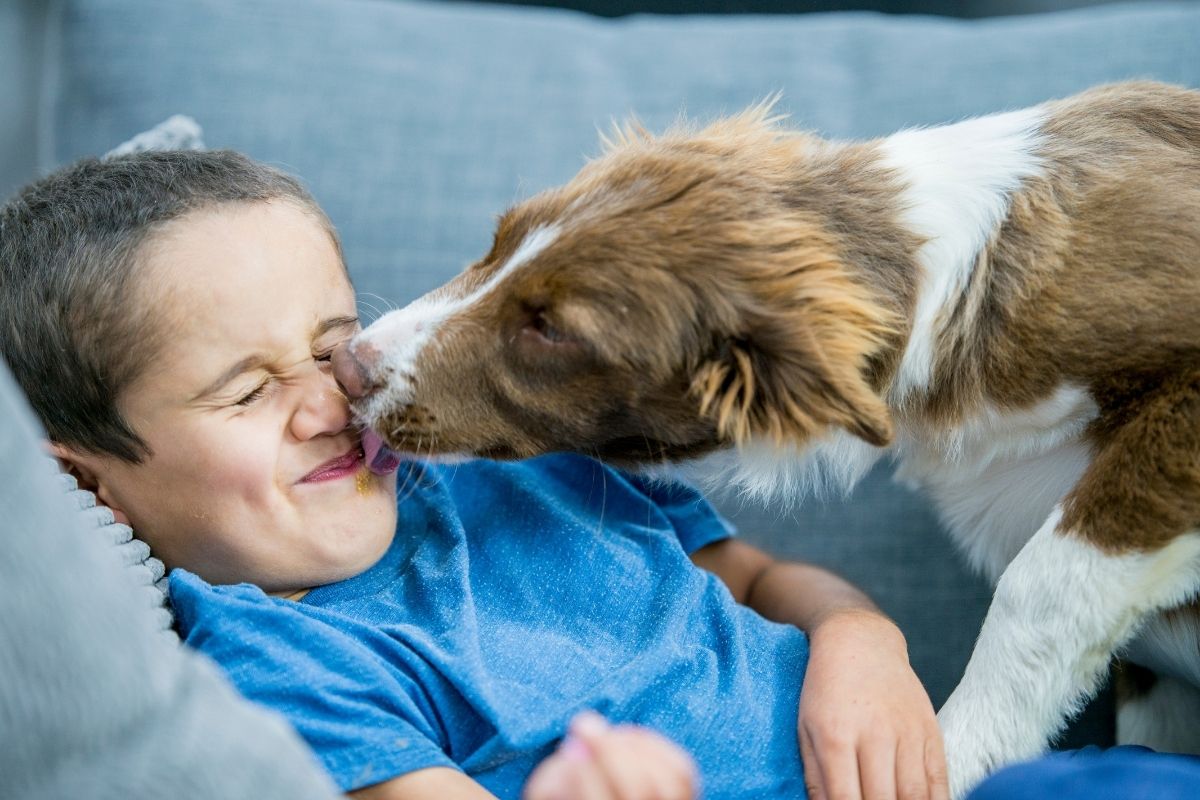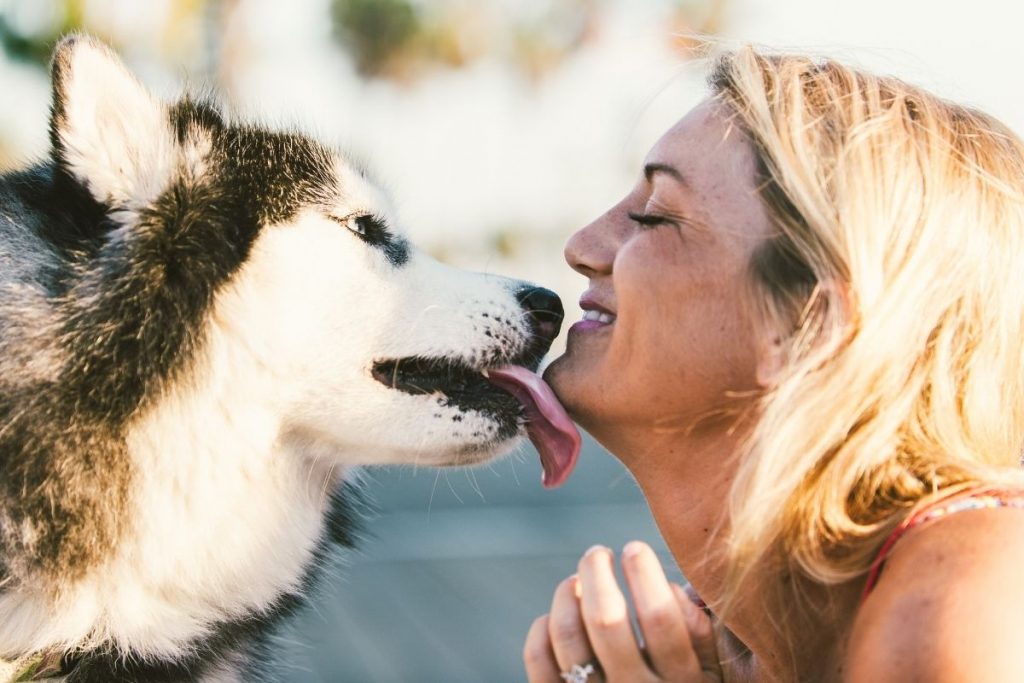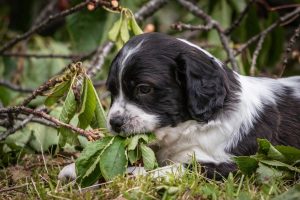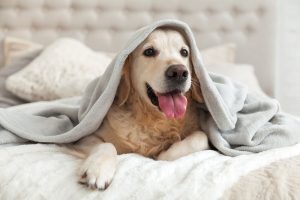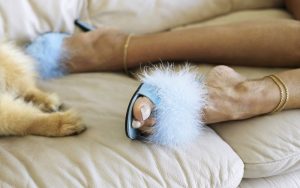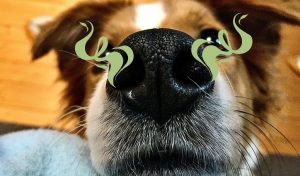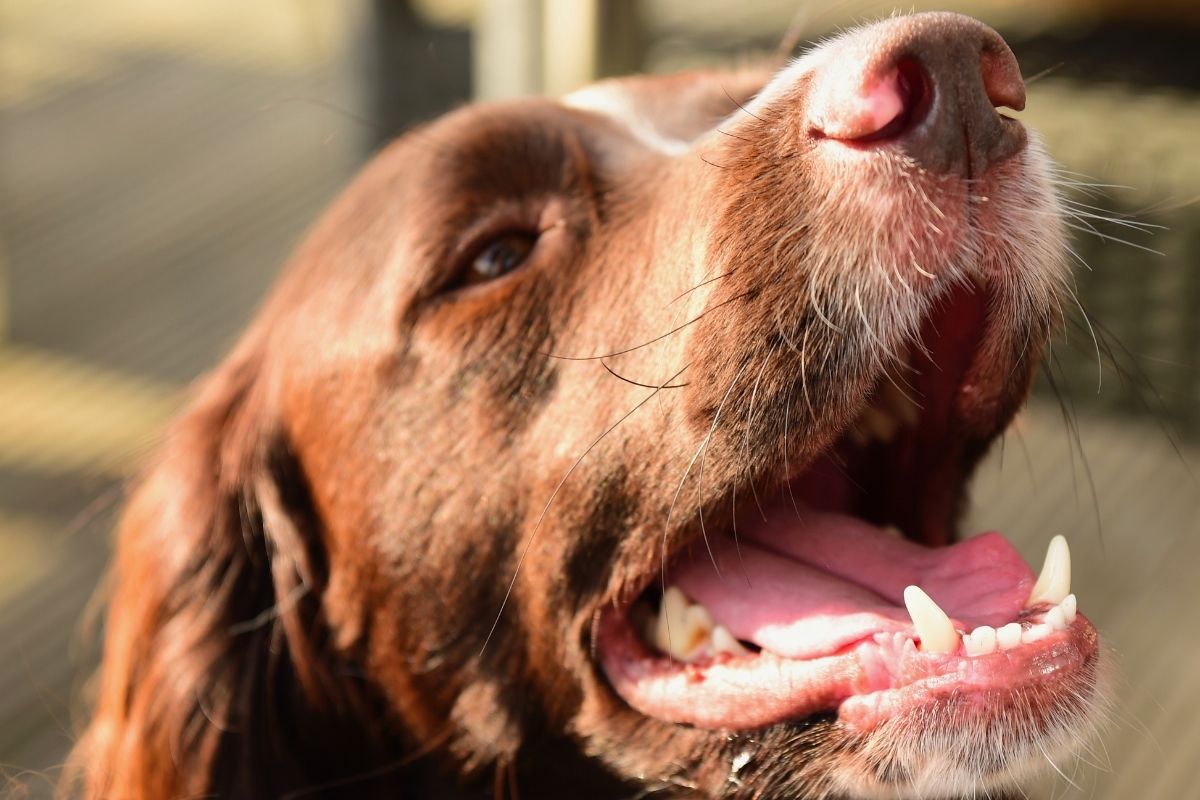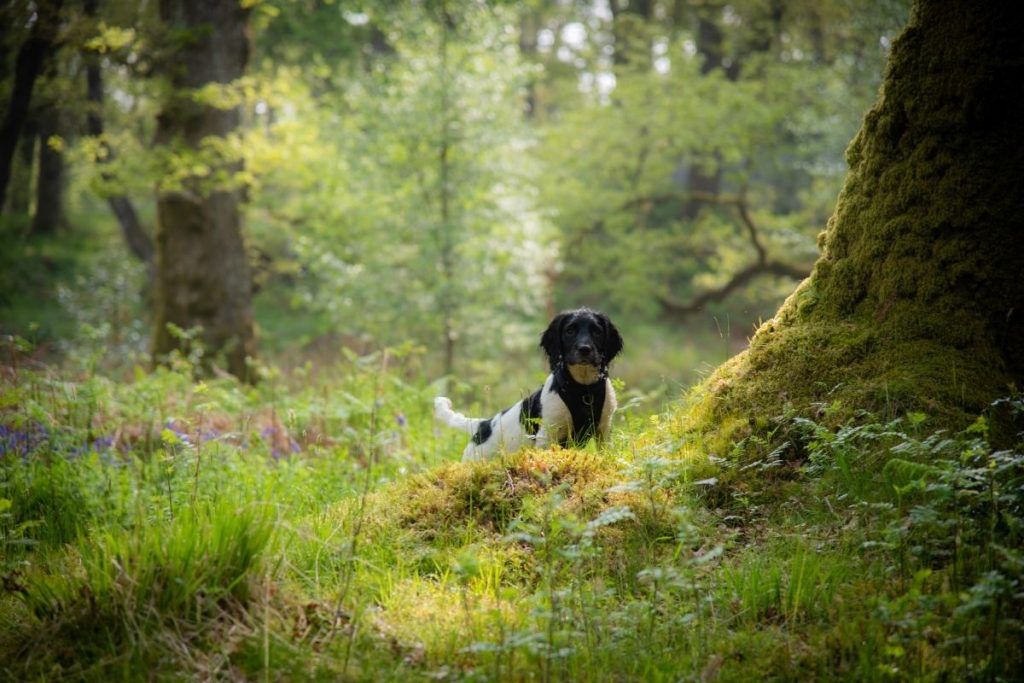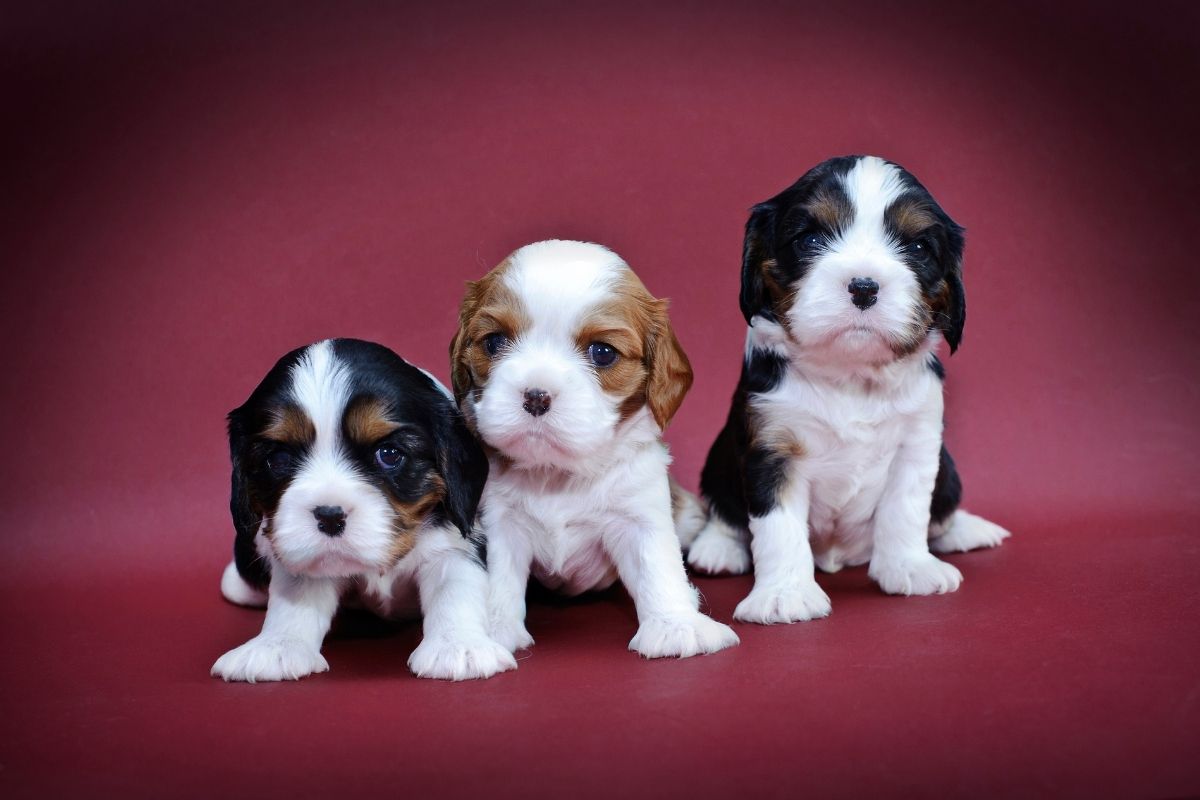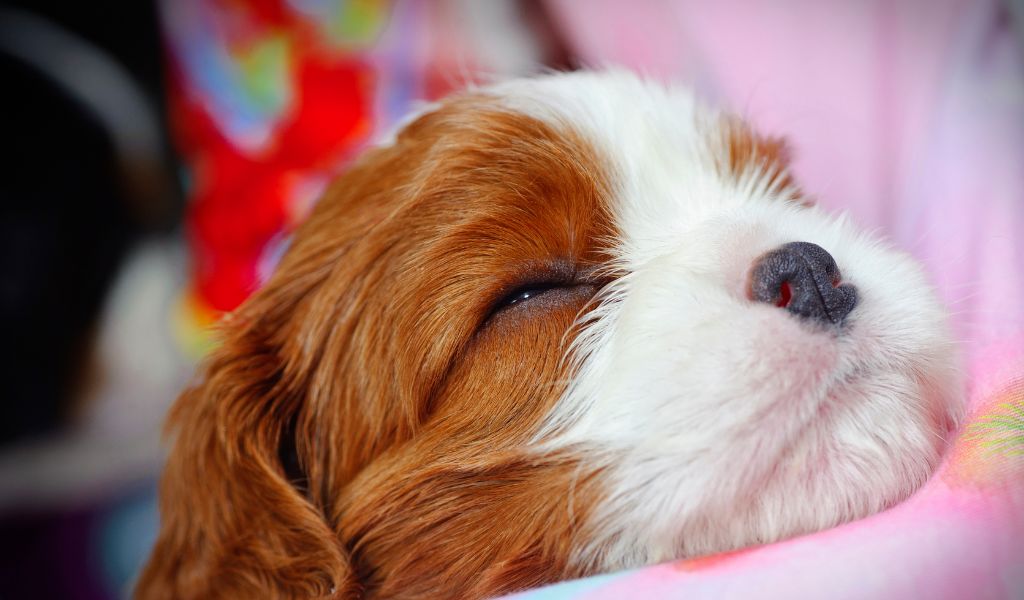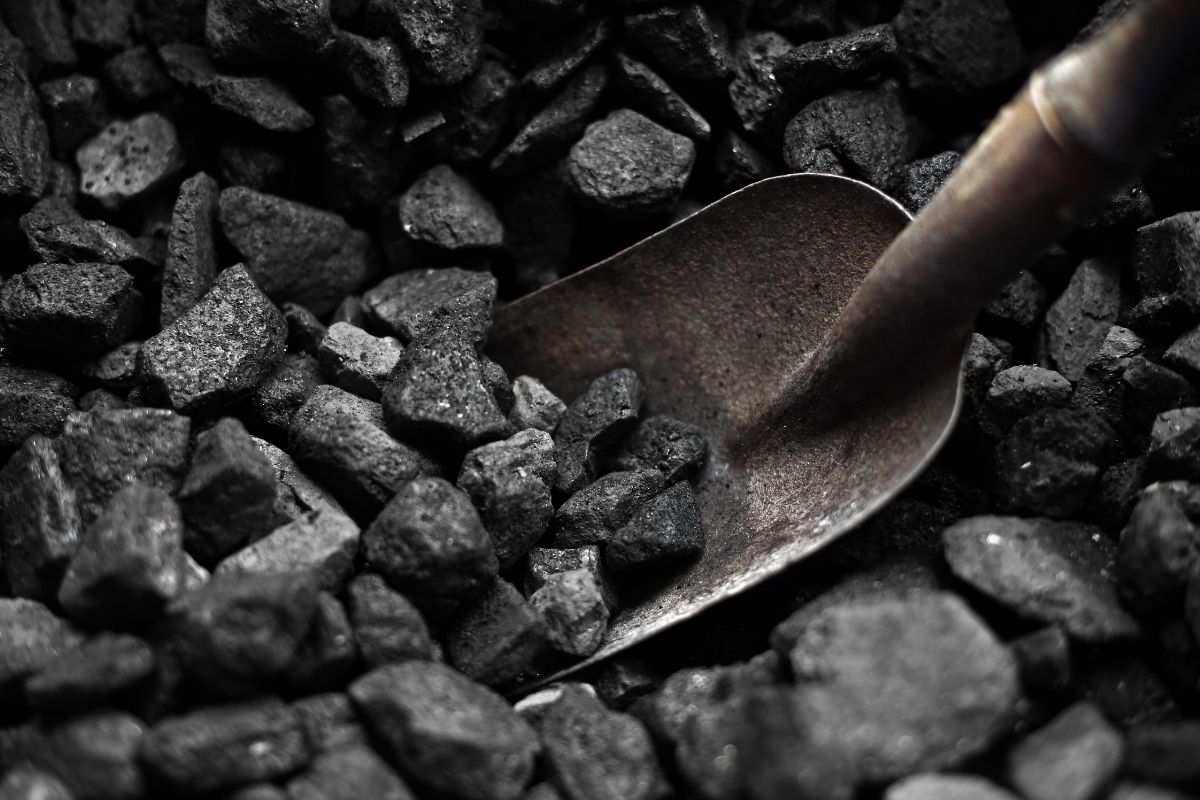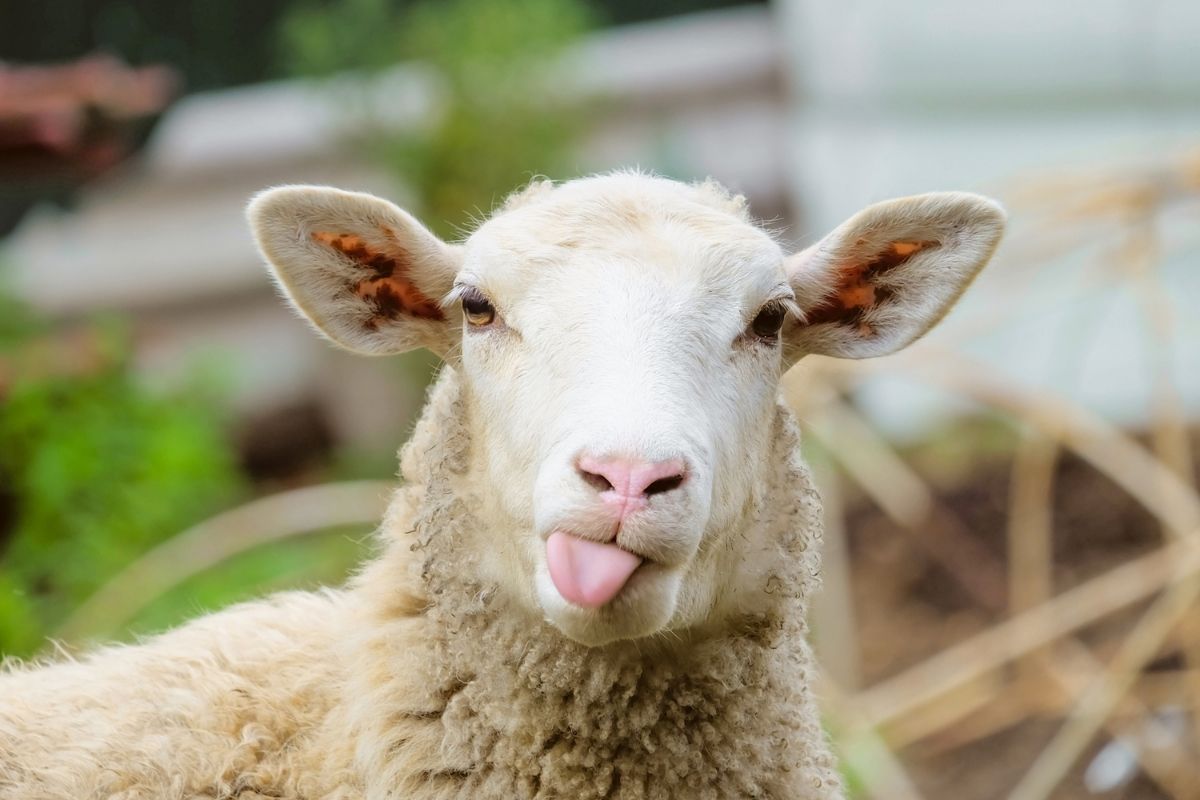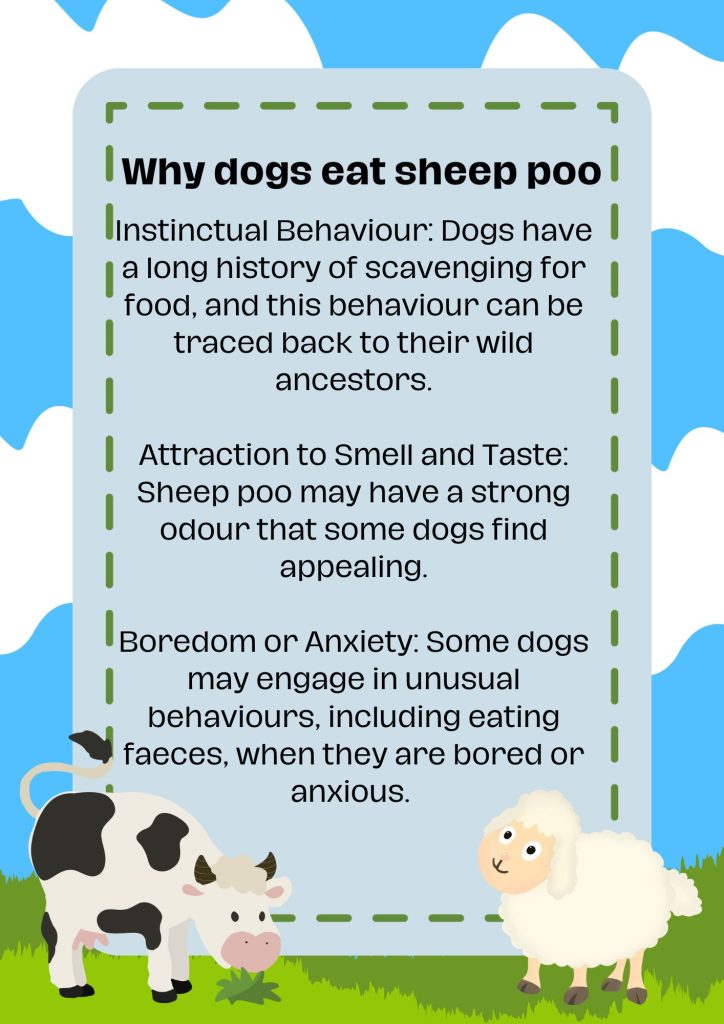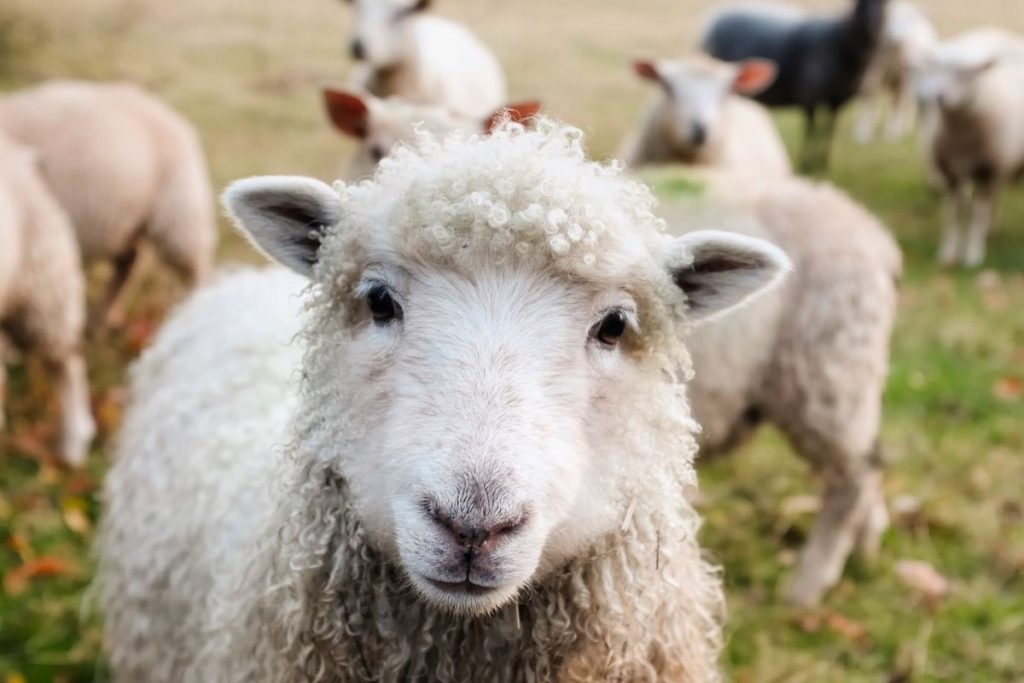An average adult Cavalier King Charles spaniel will sleep for anywhere between 12 to 18 hours a day. Sleep levels will vary depending on the age of your dog and what he is doing. If he is busy then he will get less sleep than if he is left alone at home with nothing to occupy him.
When your dog isn’t busy such as walking, playing or eating, you’ll often find him asleep.
Most dogs will simply chill out and sleep if they have nothing else to do and sleep levels tend to vary across age groups and, in some cases, breeds.
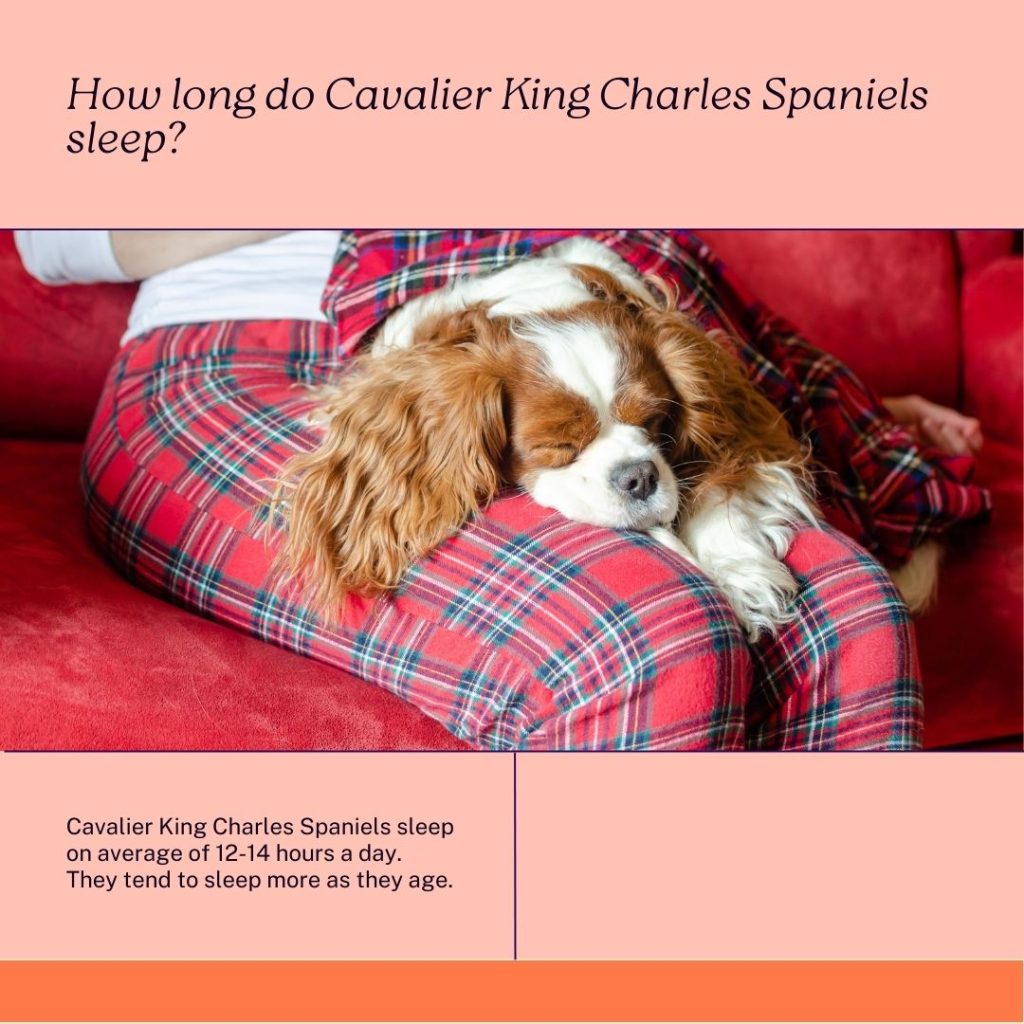
How long do Cavalier King Charles spaniels sleep?
On average, a healthy adult Cavalier King Charles Spaniel can sleep anywhere between 12 to 18 hours a day.
However, it’s important to note that every dog is unique, and the amount of sleep they require can vary depending on their age, activity level, health, and individual personality.
Younger puppies may require more sleep, while older dogs may sleep more due to decreased activity levels.
It’s also important to ensure that your Cavalier King Charles Spaniel is getting enough exercise and mental stimulation during their waking hours to prevent obesity and promote overall health and well-being.
As always, if you have any concerns about your dog’s sleep habits or overall health, it’s best to consult with a veterinarian.
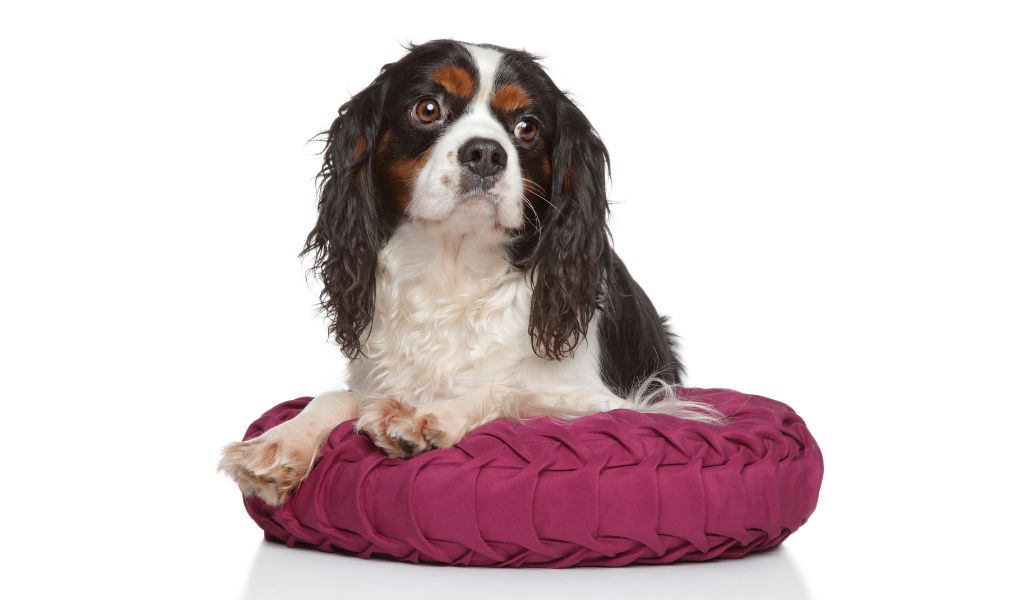
How much do Cavalier King Charles puppies sleep?
Most Cavalier King Charles spaniel puppies will spend a lot of time resting and sleeping simply as a result of the demands of puppyhood and rapid growth.
Puppies tend to play furiously for a short time after which they will sleep, followed by more playing and more sleeping.
As your Cavalier puppy grows older his playtime activities will increase in time and his sleep levels will decrease.
A puppy can sleep for as many as 20 hours a day – or just less than the average human teenager.
Older dogs will sleep for longer too
As Cavaliers reach adulthood they will sleep for around 12 to 18 hours a day, which is very similar to the levels generally experienced in humans (which explains why you may find yourself dozing off when your dog sits watching TV with you).
Some older dogs can find themselves sleeping even longer than this.
Just like us older dogs often experience changes in their sleep patterns which can lead to longer periods of slumber.
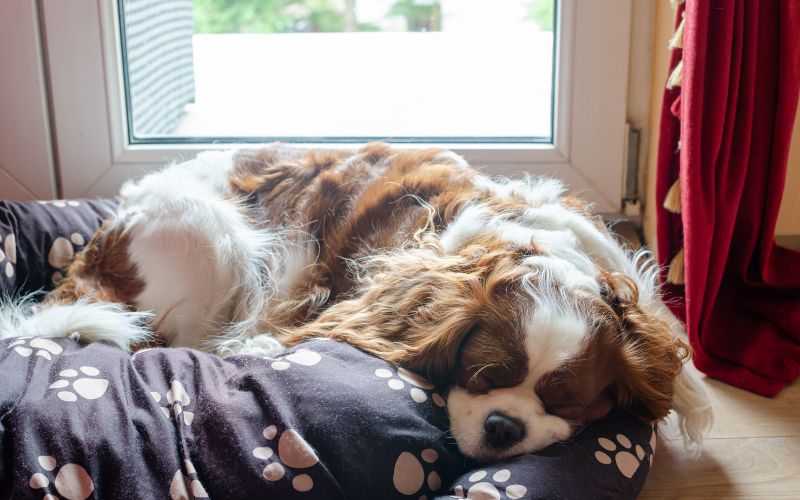
Cavalier King Charles spaniels are so lazy they snooze with their eyes open
There is an unusual phenomenon that seems to affect Cavalier King Charles spaniels, particularly those with large open expressive eyes.
These dogs have a habit of sleeping – or appearing to sleep – with their eyes open.
Although they appear to be fast asleep, these dogs are actually just relaxed and enjoying a gentle doze, but because of the breed’s trademark large open eyes it looks as though they are wide awake.
Most Cavaliers will sleep for at least some time with their eyes open – although it is not yet known whether they are asleep or just relaxed when they do so.
How do I get a Cavalier King Charles spaniel to sleep?
Cavalier King Charles spaniels are by nature very good sleepers who seem to relish the chance to hit the hay – even if it isn’t really bedtime!
Most Cavaliers will simply settle down wherever they happen to be and then drift off into a peaceful slumber.
It is a little easier to get them to sleep, however, if they have a comfy bed to snooze on.
If you find that your spaniel is overly active at night then it’s possible that he isn’t getting the chance to use up his energy during the daytime.
Increase his exercise levels by taking him for longer walks or out more often.
Training exercises are a great way to challenge a spaniel mentally, and this mental stimulation is often a great way to wear out an energetic dog.
As is often the case with dogs, the techniques that work with children can also be effective with canines.
Lots of exercise, fresh air, food and a comfortable bed should get even the most energetic Cavalier King Charles off to sleep.
Are Cavaliers lazy dogs?
Any dog can be lazy and Cavaliers are no exception but it would be unfair to say that the breed, in general is lazy.
Like all dogs they can be very active or, for that matter, idle.
It really depends on their owners and how active they are.
Having said that, they do enjoy their creature comforts.
Why is my Cavalier King Charles spaniel sleeping so much?
While it’s quite normal for dogs, including Cavalier King Charles Spaniels, to sleep for a large portion of the day, excessive sleep could be due to various reasons.
Here are a few potential factors:
Age: Puppies and older dogs tend to sleep more than young adults and middle-aged dogs. If your dog is in one of these age brackets, increased sleep may be perfectly normal.
Activity Level: If your Cavalier King Charles Spaniel is not getting enough physical or mental stimulation during the day, they may sleep more simply out of boredom.
Health: Some health issues, like hypothyroidism, can cause your dog to sleep more than usual. Other symptoms of health issues can include changes in appetite or behaviour, weight loss or gain, or physical discomfort.
Diet: If your dog’s diet is not providing enough nutrients or energy, they may sleep more to conserve energy.
Changes in Routine or Environment: Changes to your dog’s routine or environment can cause stress or anxiety, which can in turn affect their sleep patterns.
If you’re concerned about your dog’s sleep patterns, it’s a good idea to consult with a vet. They can help rule out any potential health issues and give you advice tailored to your dog’s specific needs.
FAQs
How long do Cavalier King Charles Spaniels sleep on average?
Do Cavalier King Charles Spaniel puppies sleep more than adult dogs?
Should I be concerned if my Cavalier King Charles Spaniel sleeps more than the average hours?
Can I wake up my Cavalier King Charles Spaniel if they are sleeping deeply?
How can I ensure my Cavalier King Charles Spaniel gets enough quality sleep?
Before you go
You can learn more about the behaviour of your Cavalier King Charles from our Cavalier section.
Cavalier King Charles spaniels enjoy their sleep and will happily sleep for most of the day and night if allowed.
Remember to provide your dog with plenty of exercise, fresh air and good quality food all of which, along with plenty of sleep, will result in a happy and healthy spaniel.
